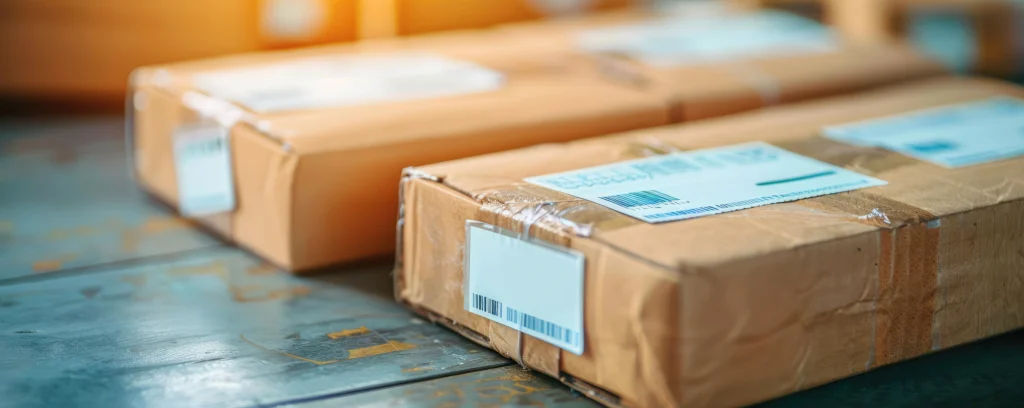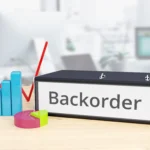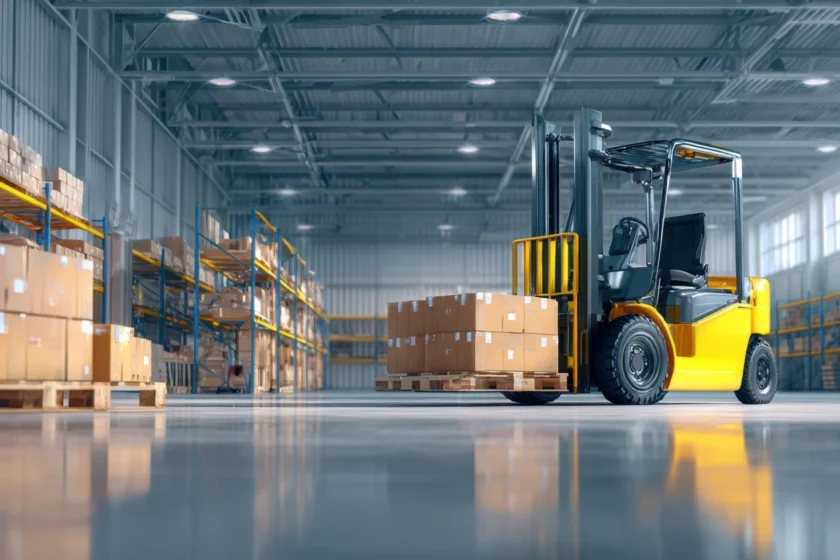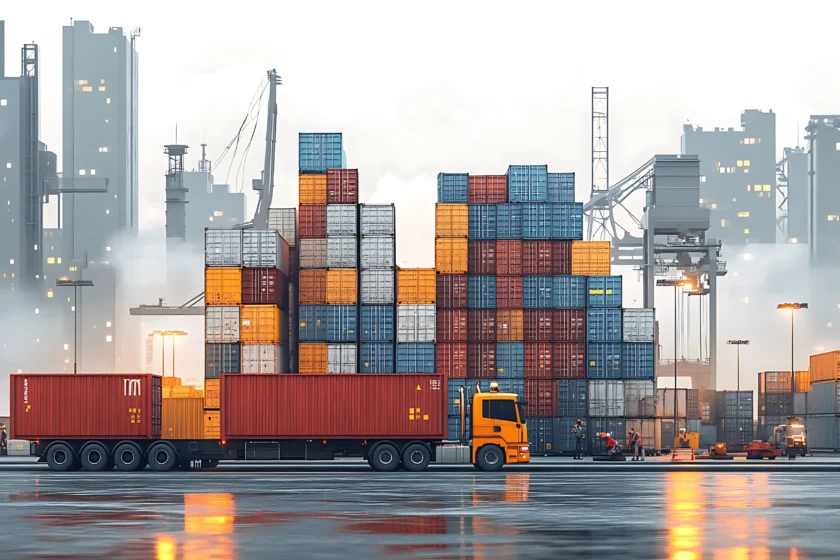A Quick Peek Into the Term
If you’ve ever received a delivery, it may be a couch from a local store or a container from overseas you were probably the consignee without even realizing it. In logistics lingo, this party is the person or business that’s meant to take delivery of goods. Sounds simple, right? Well, it’s a role that carries more weight than you might think.
Think of the receiver as the finish line in a relay race. Every step before manufacturing, packing, and loading leads to this moment when the goods finally land in their hands.
Why This Role Matters
In international shipping, everyone’s got a part to play: the seller, the carrier, customs, and finally, the delivery party. Without them, the supply chain has no end point. They are the ones who officially take possession, check for damages, handle customs duties, and ensure the goods are where they need to be.
The Different Faces of the Receiving Party
Not every delivery role looks the same. Here’s how it breaks down:
- Named Recipient – Clearly listed in shipping documents. No one else can collect the goods.
- Notify Party – Gets a heads-up when goods arrive but isn’t necessarily the one picking them up.
- End Customer – The actual buyer in a retail sale.
- Drop Shipping Receiver – That online shopper who receives the product straight from an overseas supplier.
Consignee vs. Consignor
Here’s a quick mental image: imagine you send your friend a birthday gift. You’re the consignor. Your friend the one receiving it is the consignee. In trade, the consignor ships the goods; the receiver accepts them. Simple in theory, but legally, this distinction matters for paperwork, payment, and liability.
Spotlight on International Trade
When goods cross borders, the recipient’s name shows up on the bill of lading or airway bill. In sea freight, they often handle customs clearance, which can be a maze of forms, fees, and inspections. In air freight, the process is faster, but the receiver’s role remains just as critical.
What the End Party Actually Does
A delivery recipient’s job might include:
- Receiving Goods – Showing up (or arranging a pickup) when the shipment lands.
- Inspection – Making sure what’s inside matches the order and isn’t damaged.
- Payments – Covering duties, taxes, or final balances depending on the deal terms.
Paperwork That Points to the Delivery Party
These documents almost always name the recipient:
- Bill of Lading
- Commercial Invoice
- Packing List
- Delivery Order
Without the right name on these papers, the goods could be stuck in limbo.
When Things Go Wrong
Being the final receiver isn’t all smooth sailing. Common headaches include:
- Damaged cargo on arrival.
- Delays due to port congestion, customs clearance, or bad weather.
- Paperwork issues that hold up clearance.
How to Make Life Easier as a Receiver

Some practical tips:
- Double-check shipment details before the goods are dispatched.
- Keep open communication with the shipper or freight forwarder.
- Make sure all paperwork is correct; typos can cause major delays.
Tech Tools for Delivery Recipients
These days, technology is a lifesaver. Real-time tracking, automated status updates, and some online customs portals mean recipients spend less time chasing information and more time planning their next move.
Receivers in E-Commerce
With the boom in online shopping, many delivery parties are just everyday customers waiting for packages from halfway around the world. Transparency and speed are now more important than ever.
Legal Side of Being the Final Receiver
Depending on the shipping agreement, the receiving party might be responsible if goods are damaged after delivery. They also have the right to refuse goods that don’t match the agreed terms though that can lead to disputes.
Recipient and Incoterms
International Commercial Terms (Incoterms) spell out exactly what the final receiver must do. Under DDP (Delivered Duty Paid), for example, the recipient just accepts the goods everything else is covered by the seller. Under FOB (Free On Board), their responsibilities can be much bigger.
Looking Ahead
Global shipping is changing fast. Automation, blockchain-based bills of lading, and AI-powered tracking are all reshaping how delivery recipients manage shipments. The role might look different in ten years, but it’s not going away anytime soon.
Final Word
The delivery party’s role might fly under the radar, but without them, trade would simply stop. They’re the final link in a complex chain, and how well they handle their part can make or break a delivery.
FAQs
1. What’s the difference between a consignee and a buyer?
A buyer is the one who pays for the goods; a consignee is the one who’s set to receive them. Sometimes they’re the same person, sometimes not.
2. Can a consignee reject a delivery?
Yes, but they should have a valid reason, like damage or a mismatch with the order.
3. Does the consignee pay customs fees?
Often, yes unless the shipping terms say otherwise.
4. Can you change the consignee after shipping?
Yes, but it takes proper authorization and updated paperwork.
5. Who’s on the hook for damaged goods?
It depends on the shipping agreement sometimes the carrier, sometimes the seller, and occasionally the consignee.



